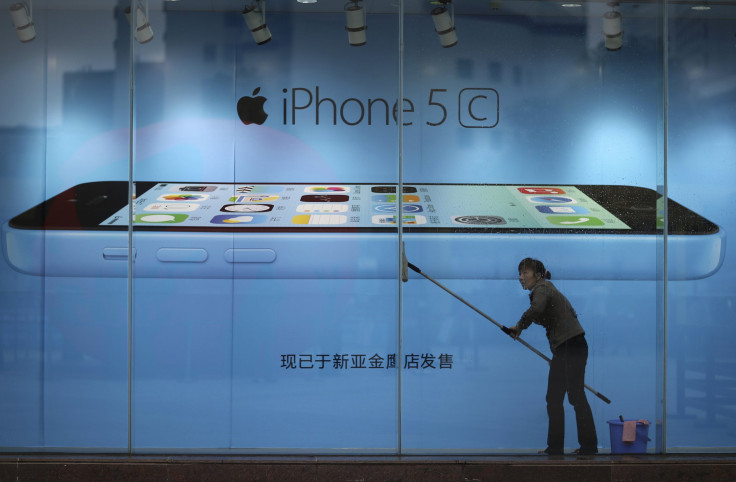China Smartphone Market Outlook 2014: Apple (AAPL) Compatible 4G Network And Increasing Rural Penetration To Drive Growth

In 2014 China’s smartphone market is expected to grow as high-end consumers switch to phones operating on a faster 4G network, and the mobile penetration of rural areas continues from this year, presenting an untapped new market for low-end domestic smartphone makers.
It’s been a great year smartphone shipments in China. In May, the monthly number reached 45 million, the equivalent of 540 million units annually. The amount of net new users has since flattened but still average an impressive 30 to 35 million units per month. Analysts for Nomura estimate in a research note on smartphone outlooks that by the end of 2013, China will have shipped 400 million units, a 60 percent year-on-year growth, accounting for half of global smartphone shipment growth.
Demand for 4G smartphones on the new TD-LTE network will be the biggest 2014 growth driver, especially in the second half of the year when manufacturers begin to introduce new TD-LTE models priced below $200. China Mobile (NYSE:CHL), the largest mobile operator in China with its 755 million subscribers, has until now operated on a slow 3G connection. This 3G network is incompatible with Apple Inc.’s (Nasdaq:AAPL) iPhone products, which in no small measure contributed to the American company’s lack of success in China.
But China Mobile and domestic competitors China Unicom Limited (NYSE:CHU) and China Telecom Corporation Limited (NYSE:CHA) were recently awarded 4G licenses for TD-LTE. Both of Apple’s latest handsets, the 5c and the 5s, are compatible with this new network and access to China Mobile’s huge subscriber base could lift Apple’s China business considerably. Future releases of Apple products, including the upcoming iPhone 6, will also enjoy a bigger potential consumer base.
Another trend continues from 2013: The emergence of low-end smartphones costing around $50, driven by the presence of white-box manufacturers and excessive competition between more than 300 smartphone manufacturers including media darlings Xiaomi and Meizu, has enabled the rural Chinese population to upgrade.
Every time producers lower costs and prices, huge potential customer bases become available, as China’s income distribution is unequal and very much regional. High-income earners concentrate in the nation’s coastal cities, as well as its urban areas.
Nomura estimates that lowering the price of smartphones from 1,500 yuan ($247.04), which would only be affordable to high earners in coastal cities, by 30 percent within a year to 1,000 yuan will make them affordable to average earners in coastal cities. Lowering prices another 30 percent to 700 yuan makes smartphones affordable to people in inland cities, while another cut of 300 yuan enable them to begin to spread into rural areas. This effect continues into 2014.
© Copyright IBTimes 2025. All rights reserved.





















